For pilots, “change” is a way of life. Change in weather, change in our aircraft and systems, and change in regulations just to name a few. Pilots are also dependent on signs – signs that label locations, point the way, or warn of hazards. In this article we deal with change that is coming to our signs at the Greenville Downtown Airport (KGMU).
Although retrofitting is not required by the FAA in order to comply with their latest specification changes1, thanks to the excellent management provided by our airport commission and staff at KGMU, a project is scheduled to update our taxiway and runway signs, making operations at our airport even easier and safer. The major changes are in the naming system for the taxiways and in marking critical locations on taxiways for aircraft to hold for specific clearance before entering a runway.
For many years, airport taxiways have been named with letters from the alphabet (A, B, C, etc.) – starting at one end of the airport and running progressively to the other – and using double letters when the number of taxiways exceeds the number of available letters (AA, BB, CC, etc.). This system provided no indication of the location of a particular taxiway – or what its function was. Since all taxiways are designed to move aircraft from a parking area to a runway, the new system logically names differently taxiways that are enroute to a runway, and those that directly access a runway
Taxiways that do not directly access a runway (or “enroute” taxiways) will continue to have sequential letter designations; in the case of KGMU, Taxiway A, B, C, and D. Taxiways directly accessing a runway are logically named with the letter of the enroute taxiway they access, and a number in sequence from one end of the runway to the other. For example, for runway 01 there are 8 taxiways that allow aircraft to exit left to enroute taxiway A: A1, A2, A3…A8). Similarly there are five taxiways allowing exit right to taxiway B: (B1, B2, B3…B5.)
A screenshot of the proposed signage plan for the north end of runway 01 is shown below.
The diagram also shows critical hold lines on each taxiway. They are designed and located to prevent runway incursion, defined as unauthorized or unintended traffic on the runway.
By next Fall, with expected completion of KGMU’s signage replacement project, pilots visiting the busiest general aviation airport in South carolina (and the third busiest of all airports in the state) will be greeted by up-to-date runway and taxiway signs. We welcome them to the Greenville area and hope they feel right at home as they use the new signage to find their way around the aerodrome.
1FAA Advisory Circular 150/5345-44J: Specification for Runway and Taxiway Signs, 09/29/2010
Gerald Gaige,
Cirrus N194LG & SSC Client


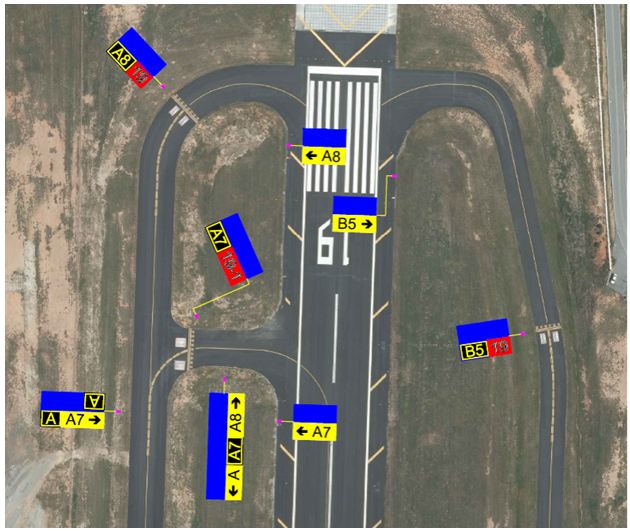
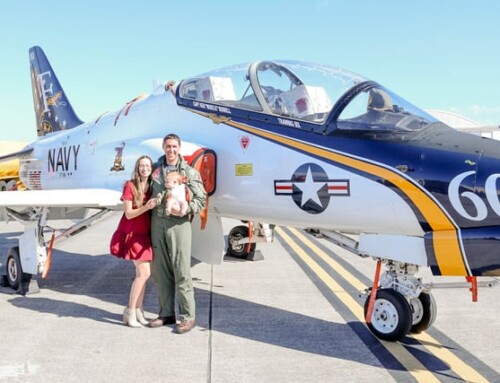
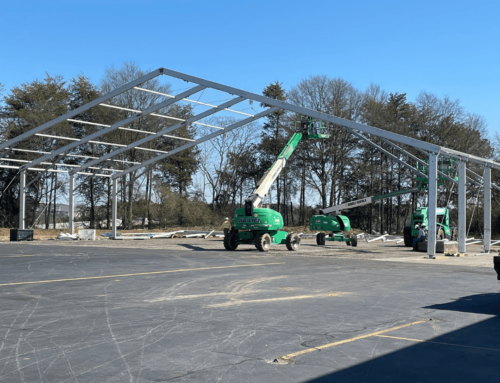
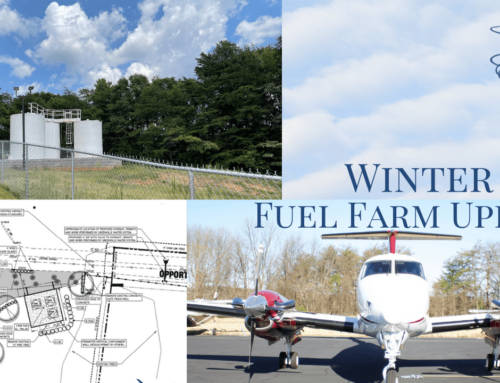
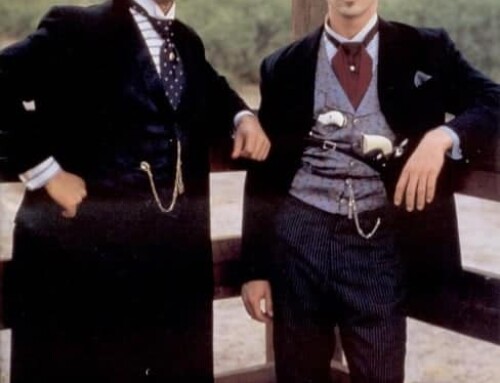
Leave A Comment